I want to use COUNTIF function to evaluate how many items out of 2,0,0,5 are greater than 2? In Countif function, first argument is range and second is criteria. I have tried the below formula. Even tried using Ctrl+Shift+Enter at the end to evaluate. But doesn't seem to work.
=COUNTIF({"2","0","0","5"},">2")
